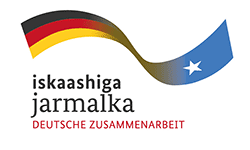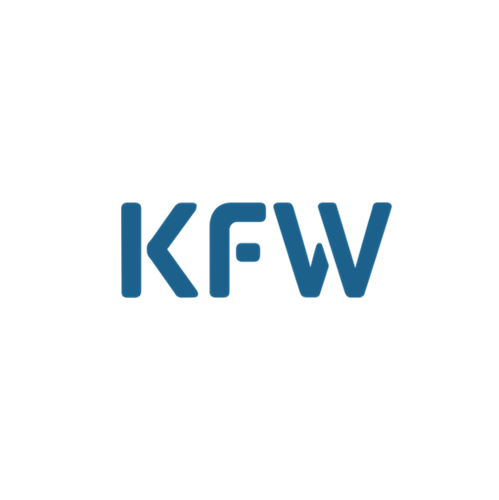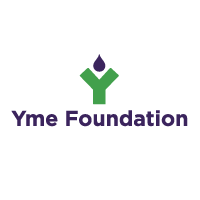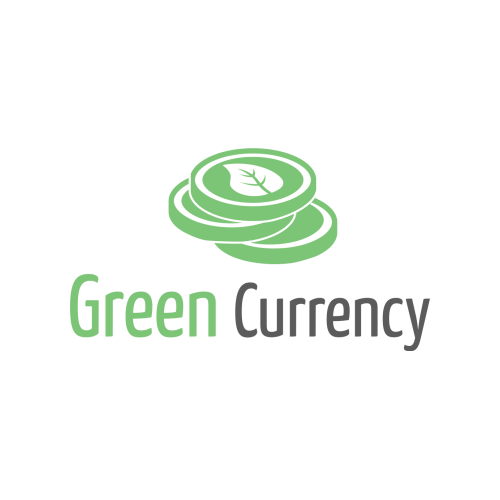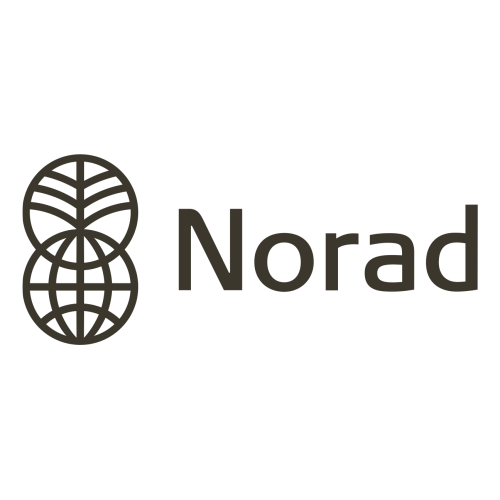Article: The greening of TVET
The Greening of TVET in a Greening world – the case for TVET + in Somalia. By Monique Iglebaek.Sustainable Economy and Society
We all rely on an inclusive society, a healthy environment and jobs that preserve and support these aspirations. People, planet, and prosperity are underpinned in the 2030 Sustainable Development Goals (SDG). As countries and communities are striving towards meeting the Sustainable Development Goals (SDGs), there is an urgent requirement to develop the competencies, skills and knowledge needed to transform to a more sustainable economy and society.ILO stated in their latest report (World Employment and Social Outlook 2018 – Greening with jobs) how a green economy could not only improve livelihoods for millions of people but also act as a catalyst for poverty reduction. The report optimistically estimates the green economy can compensate potential job losses with 24 million new jobs, given that the right policies and skill development opportunities are in place. Yet, this green transition relies on a number of factors. One crucial factor is adequate training and education for sustainable development, which bring us to the next part - the greening of TVET. Identifying steps to make the TVET model greener is also an effective means towards reaching some of the SDGs, as illustrated in this Box.
QUALITY EDUCATION
CLEAN WATER AND SANITATION
DECENT WORK AND ECONOMIC GROWTH
CLIMATE ACTION
|
Greening of TVET
We believe TVET has a role to play in ensuring that the knowledge, skills and competencies acquired by students and teachers will enable them to not only contribute to the development of the green economy, but equally to become ‘green citizens’ and take a greener stance in other areas of their lives.Definition of Green Economy UNEP 2011:
'A green economy is one 'that results in improved human well-being and social equity, while significantly reducing environmental risks and ecological scarcities'.
The definition by UNEP leads me onto the next point - why investing in greening TVET makes social and economic sense. From a social and economic perspective, greening TVET increases the employability of graduated students. A graduated student who has the knowledge, skills and competencies needed to take on a green job, will be ahead of the workforce, and more employable in the 21st century. Greening of TVET, undoubtfully, will have a positive impact on disadvantaged groups in the job market, which tend to be vulnerable groups such as young people, women, persons with disabilities and people in rural communities. Developing targeted support to build their knowledge and skills for a potential green job is essential. TVET centres can invest in training and systems to help the disadvantaged groups acquire skills required for participating in the green economy.
However, one question that must be clarified is what we imply with the greening of TVET. UNESCO in their UNVECO Greening Technical and Vocational Education and Training – a practical guide for institutions concluded it eloquently 'Greening is a process rather than a destination becoming an important component of 'institutional DNA', affecting the consciousness of the staff, learners and graduates, the institute's reputation and its contribution to the community'. This sentence reflects and emphasises the importance of every little step and encourages us to focus on the process and not thinking that if we cannot go green on a large scale, it is better to remain with the status quo. On the contrary, it encourages us to think and act as we can according to our institutional capacities. The key is our mindset and that everyone is involved.
Greening of TVET is not just about the courses we teach, are we teaching solar panels installations?- it goes all way down to how we light and power to how we clear the waste. A green TVET will invest in policies and technologies that reduce the usage of raw material, recycle waste, minimising energy use, and avoids pollution of the environment. Greening of TVET is also an opportunity to explore and develop new ways of entrepreneurial learning, and business development start up where sustainable and social enterprises are encouraged.
Furthermore, to think and act green is to consider where we are purchasing training material, food, but also down to human resource policies and how management perceives the importance of sustainable economy and development. Furthermore, the greening of TVET is also economically connected as going green will have a financial implication, but most likely with a positive return on investment as it can be a mean to future proof the school.
The Green Curriculum - Prof Adow
Prof Adow, which is one of the three schools from the KFW funded TVET + project in South Central Somalia, has excitedly embarked on the greening of TVET process.Somalia is amongst the most vulnerable countries subject to the adverse effects of climate change, mainly because of its least adaptive capacities and geographical location in the arid and semi-arid region Africa. Flood and drought are critical environmental issues in Somalia, causing reoccurring humanitarian crisis.
Prof Adow located in South Galkayo; Galmudug State has been operational since 2014. The school offers courses in electricial, plumbing, plastering/tiling, bricklaying and tailoring and has over the years become a trustworthy and appreciated institution in the city, not just educationally, but also economically and socially. The school has been supported by the Norwegian Embassy, Norad as well as Diaspora Groups. Prof Adow is about to expand its training to 1) Skills training in workshop, 2) Learnership in workshop / industry and 3) Qualified tradesman Industry / institute in the following trades; Automotive Repairing, ICT, accounting and office training, Electrical and Renewable energy, Plumbing & Pipefittings, Masonry, Mechanical and Welding; and Carpentry and Joinery. As a result, the school is increasing in size as well as investing in greener technologies, but more importantly, working on policies to institutionalise 'greening of TVET' in Prof Adow to ensure management and staff appreciates the process of going green.
The construction will be follow careful steps to ensure the principles of environmental protection is followed. This includes putting in place measures to reduce risk of soil disturbance, de-vegetation and erosion during construction; degradation of land as a result of harvesting of construction materials such as sand and stones; dust and noise from construction activities; occupational hazards to construction workers; and risks of pollution and accidents. An Environmental and Social Management Framework (ESMF) has been developed and institutionalised.
The facilities to be constructed by the TVET + project are designed to be low energy consumers in cooling and lighting. Cross ventilation and natural lighting are used in most spaces except where mechanical ventilation is necessary. The infrastructure also includes provisions for appropriate drainage in flood-prone areas. In addition, landscaping, grass and tree planting will be required within the schools as a means of contributing to ground cover. Solar energy will be the primary energy source for electricity as well as water. The extra power and water from the proposed system will be sold to the electrical and water companies, which will enable the TVET centre to earn revenue.
The project will have a negligible carbon footprint; however, as part of the vocational training, the youth will be sensitised on climate variability and how that could impact on their livelihoods, especially in agriculture-related enterprises. The infrastructure related skills training would enhance skills availability for road maintenance and development of water infrastructure, thus promoting climate change adaptation. Along side the curriculum for TVET will incorporate climate change aspects like energy conservation, the design of energy-efficient buildings, use of building materials with less impact on climate change, water conservation and renewable energy education for all TVET trades.The Educational system will also be in place to ensure vulnerable groups in the communities will have access to the TVET education, thought collaboration with diaspora groups.
Taking on a greener approach has a positive effect not just on the environment, but also the ethos of the school itself, with predicted long-term job security for the graduated students, inclusion of disadvantaged groups. Obviously greening TVET has a cost, both financially and institutionally, but we believe the benefits will far exceed the costs, as well as being the right thing to do! We firmly believe the greening of TVET is a win-win situation, and we are looking to explore the concept further within our TVET + programme – for the time being on a step by step basis.
Categories
Stay informed
Enter your email address to receive updates from TVET+ delivered to your inbox.








